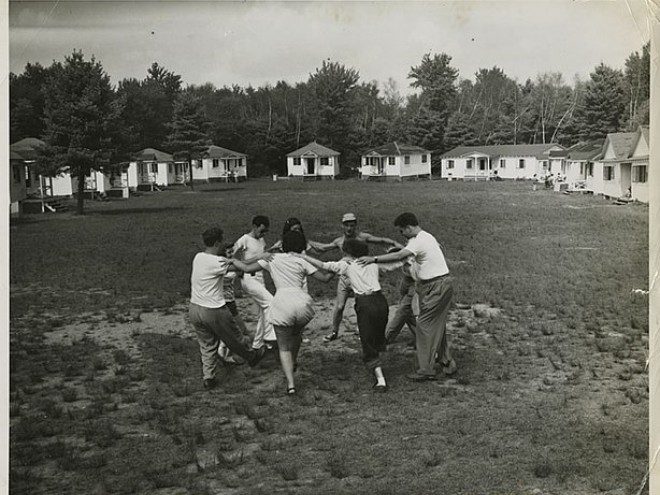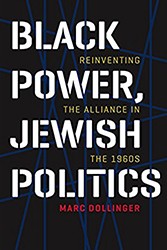This complex and compelling book argues that the 1960s saw a quantum leap in the status of Jews in American life, mediated in large part by the treatment of Jewish celebrities not simply by their coreligionists but by Gentiles as well. As comedian Lenny Bruce put it, it was suddenly “in” to be Jewish.
Author David Kaufman examines this phenomenon by focusing on four Jewish celebrities – Bruce himself, Sandy Koufax, Bob Dylan, and Barbra Streisand – who had very different attitudes toward their Jewish identity.
Bruce dined out on a bitter mix of ethnic pride and self-loathing, accepting himself not simply as “in” but “hip,” aggressively clear-eyed about the significance of his own Jewishness as well as the place of Jews in American culture.
Koufax came into the national consciousness as a Jewish figure by refusing to pitch on Yom Kippur in 1965, which happened to coincide with the first game of that year’s World Series. But, as Kaufman makes clear, this was far from the militant stand some wanted to make it out to be. Koufax never worked on Jewish holidays, more for cultural than religious reasons (pitching on the Sabbath apparently never troubled him), and he spent the Yom Kippur in question not in shul but in his hotel room, watching the game he was missing.
The notoriously enigmatic Dylan was equally enigmatic when it came to his ethnicity. It took several years after he burst on the scene before anyone had a clue that he was in fact Jewish (real name Robert Zimmerman), and Dylan himself certainly never made anything of his Jewishness through most of his career. He is far better known for having spent several years as a born-again Christian.
Streisand has been a clear antithesis to both Bruce and Dylan, flaunting her Jewishness in an unselfconscious way that established her appearance and sensibility as new ideals toward which Jews and Gentiles alike might aspire. The ugly duckling became a swan not by changing herself, but by changing the eyes and minds of her beholders.
What made these disparate figures different from comparable Jewish celebrities who came before them, such as the Marx Brothers, Hank Greenberg, Fanny Brice, and Al Jolson? More to the point perhaps, what was it about the Sixties that allowed Bruce, Koufax, Dylan, Streisand, and their contemporaries to be significantly more transformative than their predecessors?
Kaufman cites the exponential growth of mass media, particularly television, which brought the American public into a far more intimate relationship with their idols than ever before, as well as the civil rights movement, which made ethnic identification not simply acceptable but virtually obligatory. While Kaufman may overstate his thesis at times, his study is a valuable contribution to understanding the era of the Sixties and the development of ethnic identity in America.
Related Reading Lists:




